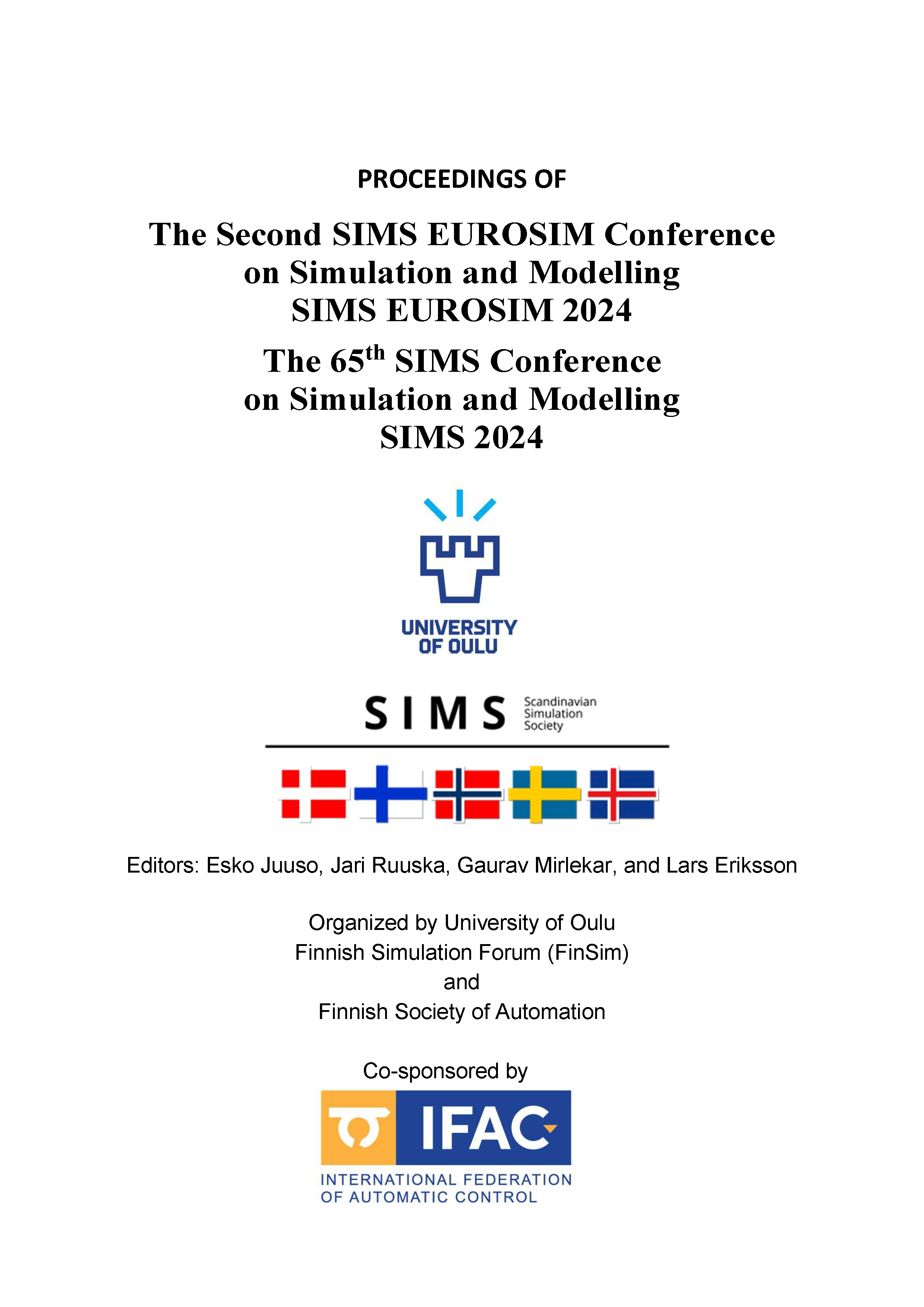Phase Transformations in Steelmaking Slags: A Thermodynamic Approach
DOI:
https://doi.org/10.3384/ecp212.024Keywords:
computational thermodynamics, mineralogy, slag, solidificationAbstract
In addition to solidification, steelmaking slags may undergo phase transformations in solid state during their cooling process. The mineralogy of these oxide slags is significantly influenced by the chemical composition and cooling rate. For the phases forming, two distinct solidification modes can be assumed, depending on the cooling rate: equilibrium cooling and Scheil–Gulliver cooling. Characterization methods, such as scanning electron microscopy (SEM) and electron probe microanalyzer (EPMA) allow analyzing the elemental composition of individual phases. Here, computational thermodynamics were applied in phase identification of crystallized electric arc furnace (EAF) slags. FactSage 8.3 thermodynamic calculation software was used to estimate the composition of stable phases as a function of temperature. Solid solutions with varying compositions were considered in this study. The calculation results from two solidification modes, i.e., equilibrium cooling and Scheil-Gulliver cooling, were saved in Excel spreadsheets. A MATLAB script was developed to go through the results and find the phase with a composition closest to the input values. For both solidification modes, the composition and temperature best fitting the input analysis was determined. The input is the elemental composition of the phase of interest, acquired using EPMA. After the data processing, the results are visualized in graphs, illustrating the analyzed and estimated compositions of the identified solid solution phase and its occurrence temperature.Downloads
Published
2025-01-13
Issue
Section
Papers
License
Copyright (c) 2025 Tuomas Alatarvas, Rita Kallio, Eetu-Pekka Heikkinen, Qifeng Shu

This work is licensed under a Creative Commons Attribution 4.0 International License.

